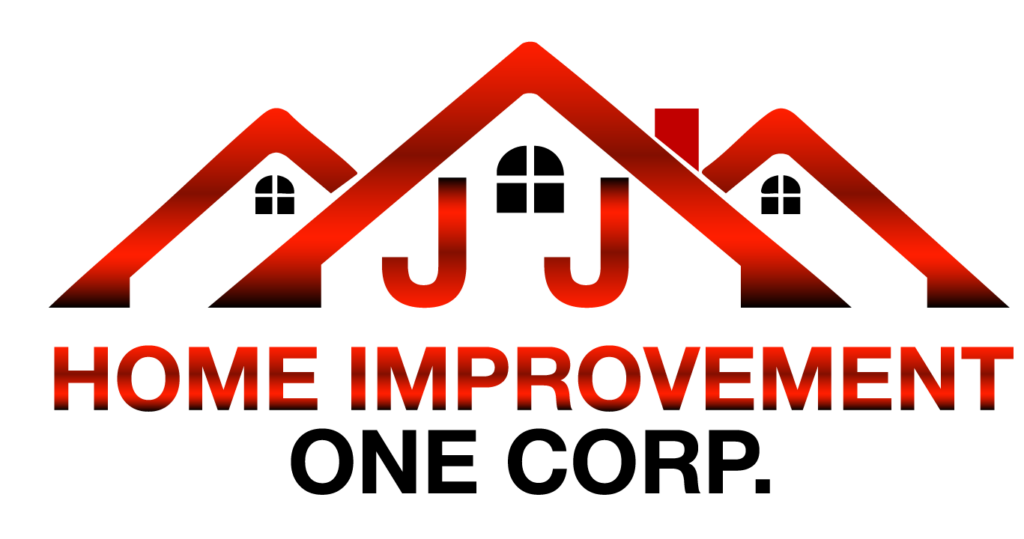1. Inspect and Repair Your Roof
Your roof is your home's first line of defense against the elements. Before storm season hits, conduct a thorough roof inspection to check for any damage or wear. Look for loose or damaged shingles, cracks, or leaks. If you notice any issues, have them repaired immediately to prevent water from entering your home during heavy rains.
2. Clean Your Gutters and Downspouts
Clogged gutters can lead to water backup, which can damage your roof, walls, and foundation. Ensure your gutters and downspouts are clear of debris such as leaves, twigs, and dirt. This will allow water to flow freely, reducing the risk of flooding around your home. It’s a good idea to clean your gutters at least twice a year, but especially before storm season.
3. Trim Trees and Branches
High winds during a storm can cause tree branches to break and fall on your roof or nearby structures. To avoid this, trim any overhanging branches and remove dead or weakened trees around your property. This can help prevent damage to your home, car, and landscaping during a storm.
4. Check and Seal Windows and Doors
Windows and doors are vulnerable points in your home when it comes to storm damage. Ensure that all windows and doors are properly sealed and that there are no gaps around the frames. Consider installing storm shutters for additional protection, especially if you live in an area prone to hurricanes or severe storms.
5. Inspect the Siding
Your siding protects your home from rain, wind, and debris. Before storm season, inspect your siding for any cracks, holes, or loose panels. If your siding is damaged, replace or repair it to ensure it can withstand high winds and heavy rain. Well-maintained siding also helps with energy efficiency and overall protection from the elements.
6. Ensure Proper Drainage Around Your Home
Stormwater can quickly accumulate around your home, leading to flooding and potential foundation damage. Make sure your yard has proper drainage, with sloping areas that allow water to flow away from the foundation. If necessary, install French drains or other drainage systems to direct water away from your home.
7. Create an Emergency Preparedness Plan
In addition to preparing your home physically, it’s essential to have an emergency plan in place for your family. Ensure everyone knows what to do in the event of a storm, including evacuation routes, emergency contacts, and the location of emergency supplies such as flashlights, batteries, and a first-aid kit.
8. Review Your Insurance Coverage
Storm damage can be expensive, so it’s important to review your homeowners' insurance policy before storm season. Make sure your coverage includes protection for storm-related damages such as flooding, roof damage, and fallen trees. If you live in an area prone to specific types of storms, such as hurricanes or tornadoes, check that your policy includes the necessary coverage for these events.
 March 30, 2025.
March 30, 2025.
 APRIL 01, 2025.
APRIL 01, 2025.
 APRIL 02, 2025.
APRIL 02, 2025.
